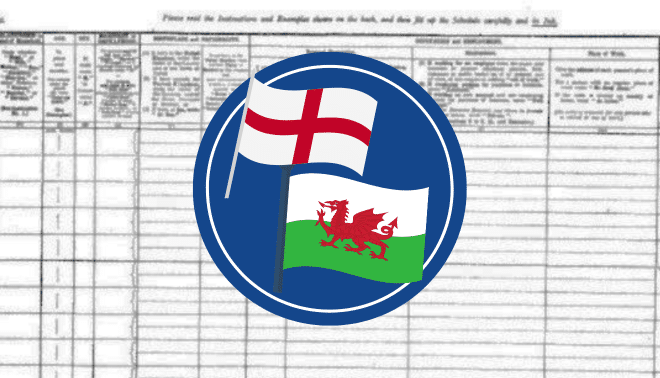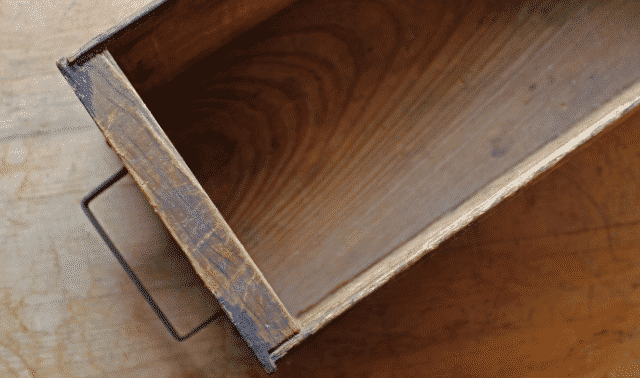Sign up for the Family Tree Newsletter Plus, you’ll receive our 10 Essential Genealogy Research Forms PDF as a special thank you!
Get Your Free Genealogy Forms
"*" indicates required fields
Probate records — court records that deal with the distribution of a deceased person’s estate — provide a lot of good genealogical information, such as a date of death, the names of surviving relatives and insight into the family’s economic status.
The English and Welsh kept two types of probate records: wills and administrations (also known as letters of administration or just admons). If someone dies without a will, an administration appoints supervisors for the distribution of the estate. These documents provide much less information than wills do.
Prior to 1858, the Church of England was responsible for proving wills and administering estates, and it set up hundreds of courts in England and Wales for this purpose. The Probate Act of 1857 transferred that responsibility to a more-centralized governmental system. To find your English and Welsh ancestors’ records (especially those predating 1858, which are more scattered), you’ll need to use probate indexes.
At British Origins, you can search three collections of wills: the Bank of England Will Extracts, 1717-1845; the Prerogative Court of Canterbury Wills Index, 1750-1800; and the Archdeaconry Court of London Wills Index, 1700-1807.
The British national archives database DocumentsOnline <www.documentsonline.nationalarchives.gov.uk> contains digital images of more than a million wills proved in the Prerogative Court of Canterbury from 1384 to 1858. You can search the index for free; it costs about $6.30 to download an image of a will.
In Scotland, probate worked a little differently. Until 1868, people weren’t allowed to leave land using a will. They could give away only “moveable” property, by means of a testament. To inherit land, a person had to prove his right to it after the owner’s death; if successful, the court would generate a Service of Heirs, a record granting that right. The record of an actual land transfer was called a sasine. Beginning in 1560, 15 commissariat courts, established by royal authority, proved testaments. In 1823, sheriff’s courts (which have jurisdiction over all or part of a county) took on that responsibility.
The Web site Scottish Documents <www.scottishdocuments.com> lets you search 520,000 wills and testaments, covering the years 1500 to 1901, for free. You can purchase a color image of a will for about $8.
The FHL has microfilmed many English and Welsh probate records and some Scottish records. The Phillimore Atlas & Index of Parish Registers can help you determine which court had jurisdiction over the place where your ancestor lived.
ADVERTISEMENT




